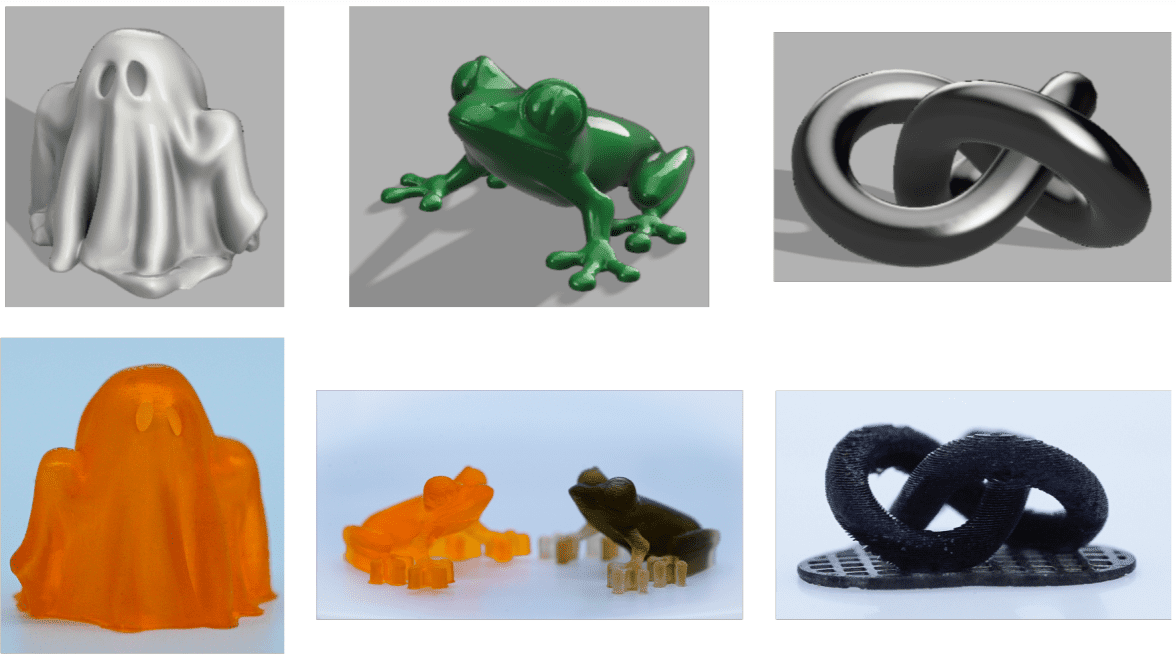A team of researchers form the University of Texas Austin, published a study in the journal ASC Publication, in which they demonstrated technology to 3D printing structures with low-intensity, long-wavelength light. The study provides key insight that will inform next-generation light-based photocuring technology.
Abstract of the Paper
The capacity to 3D print objects using low-intensity, long-wavelength light would widen the material scope, allowing for the incorporation of biological components and nanoparticles. Current material limits result from widespread absorption, scattering, and/or deterioration when exposed to high-intensity, short-wavelength (ultraviolet) light, which is the current standard utilized in light-based 3D printers. Printability has recently been expanded to orange/red light using cutting-edge technology. However, as light wavelengths rise, so do the inherent difficulties in matching the speed and resolution of typical UV light-induced solidification processes (i.e., photocuring). The use of a photosystem to enable low-intensity (5 mW/cm2), long-wavelength (850 nm) near-infrared (NIR) light-driven 3D printing that is “invisible” to the human eye is illustrated here. Rapid photocuring in a catalytic way requires the combination of an NIR absorbing cyanine dye with electron-rich and -deficient redox pairs. In situ spectroscopic and rheological monitoring were used to determine the rate of polymerization and time to solidification after exposure to NIR light. Translation to NIR digital light processing (projection-based) 3D printing was achieved by rigorously optimizing resin composition and printing settings to balance speed (60 s/layer) and resolution (300 m features). Composite 3D printing using nanoparticle-infused resins was performed as a proof-of-concept. Preliminary investigation revealed that structures formed with NIR light had higher feature fidelity than ones produced with UV light. The current paper contains critical information that will help shape next-generation light-based photocuring technologies, such as wavelength-selective multimaterial 3D bio- and composite-printing.
Subscribe to AM Chronicle Newsletter to stay connected: https://bit.ly/3fBZ1mP
Follow us on LinkedIn: https://bit.ly/3IjhrFq
Visit for more interesting content on additive manufacturing: https://amchronicle.com/



